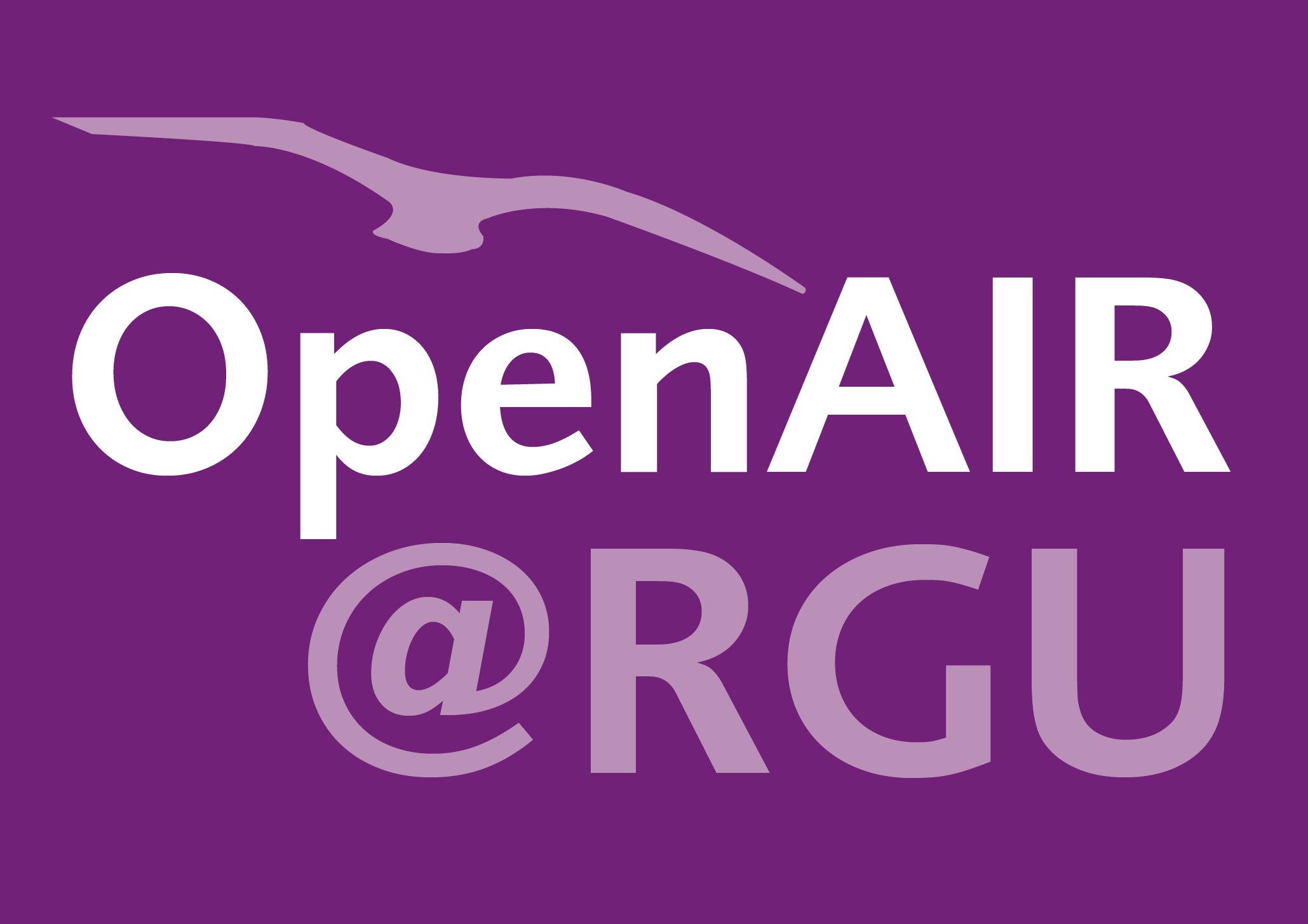Jane M. Coutts
Characterisation of mammalian cytochrome P450 enzymes by their metabolic activities.
Coutts, Jane M.
Authors
Contributors
M.A.L. Melvin
Supervisor
M.D. Burke
Supervisor
Abstract
The main purpose of this study was to investigate and thereby characterise human liver microsomal cytochromes P450 responsible for the in vitro transformation of the B-carbolines, harmine and harman. Comparative studies were also carried out with rat liver microsomal P450s, where the effects of induction on the metabolism of harmine were investigated to define which rat P450s contribute to microsomal harmine metabolism. 1) Human liver microsomes from 16 different individuals metabolised harmine to identifiable metabolites, which were detected by normal phase HPLC following incubation with 3[H]-harmine in the presence of NADPH and oxygen. Harmol was identified as the major metabolite with a second novel minor metabolite, H1 also being formed. A third very minor metabolite, 6-hydroxyharmine, was formed in four liver samples. Strong correlations were observed between the rates of formation of harmol and H1, and also with both EROD and MROD activities, and the concentration of CYP1A in the 16 human liver microsomal preparations. This suggests the involvement of CYP1A2 in the metabolism of harmine by human liver microsomes. Inhibition studies with selected anti-P450 antibodies and CYP-isoform selective inhibitors indicated extensive inhibition of harmine metabolism by anti-CYPlA antibodies and the CYP1A2 inhibitors furafylline and ANF only. These observations support the suggestion of involvement of CYP1A2 in the formation of all harmine metabolites. However, the decreased inhibitory effects observed with these antibodies and chemical inhibitors on the formation of harmol compared to the other metabolites suggest the involvement of other P450s in its formation. The findings of this study suggest that harmine may prove to be a useful substrate probe for human hepatic CYP1A2 activity in vitro. 2) The metabolism of 3[H]-harmine by rat hepatic microsomes was stimulated by all of the mixed-function oxidase enzyme inducers investigated, with the exception of ISN. PB was slightly more effective than PCN, but MC was the most effective inducer of harmine metabolism. These results suggest that harmine is a substrate for cytochrome P450 isoenzymes in the CYP1A, CYP2B and CYP3A subfamilies in rat liver microsomes. 3) Human liver microsomes from 15 different individuals metabolised harman to four metabolites, which were detected by normal phase HPLC following incubation with harman in the presence of NADPH and oxygen. 6-Hydroxyharman was identified as the major metabolite, with a second major metabolite, M4. Two further minor metabolites, M2 and M3 were also detected in all liver samples. A significant correlation was observed between the rates of formation of Ml, M3 and M4, and with both EROD and MROD activities, and the concentration of CYP1A; whereas M2 formation rates were found to correlate significantly with CYP2C content only. Inhibition studies with selected anti-P450 antibodies and CYP-isoform selective inhibitors indicated strong inhibition of M1, M3 and M4 by anti-CYP1A antibodies and the CYP1A2 inhibitors furafylline and ANF only, whereas extensive inhibition of M2 formation was observed only with anti-CYP2C antibodies and sulphaphenazole (CYP2C9/10 inhibitor). These studies suggest that metabolism of harman by human liver microsomes is mainly by CYP1A2, with the additional involvement of CYP2C in the formation of the minor metabolite M2. Harman may therefore be a useful model substrate for measuring human hepatic CYP1A2 activity in vitro.
Citation
COUTTS, J.M. 1995. Characterisation of mammalian cytochrome P450 enzymes by their metabolic activities. Robert Gordon University, PhD thesis. Hosted on OpenAIR [online]. Available from: https://doi.org/10.48526/rgu-wt-2807333
| Thesis Type | Thesis |
|---|---|
| Deposit Date | Jun 27, 2025 |
| Publicly Available Date | Jun 27, 2025 |
| DOI | https://doi.org/10.48526/rgu-wt-2807333 |
| Public URL | https://rgu-repository.worktribe.com/output/2807333 |
| Award Date | Dec 31, 1995 |
Files
COUTTS 1995 Characterisation of mammalian cytochrome
(14.3 Mb)
PDF
Licence
https://creativecommons.org/licenses/by-nc/4.0/
Copyright Statement
© The Author.
Downloadable Citations
About OpenAIR@RGU
Administrator e-mail: publications@rgu.ac.uk
This application uses the following open-source libraries:
SheetJS Community Edition
Apache License Version 2.0 (http://www.apache.org/licenses/)
PDF.js
Apache License Version 2.0 (http://www.apache.org/licenses/)
Font Awesome
SIL OFL 1.1 (http://scripts.sil.org/OFL)
MIT License (http://opensource.org/licenses/mit-license.html)
CC BY 3.0 ( http://creativecommons.org/licenses/by/3.0/)
Powered by Worktribe © 2025
Advanced Search
